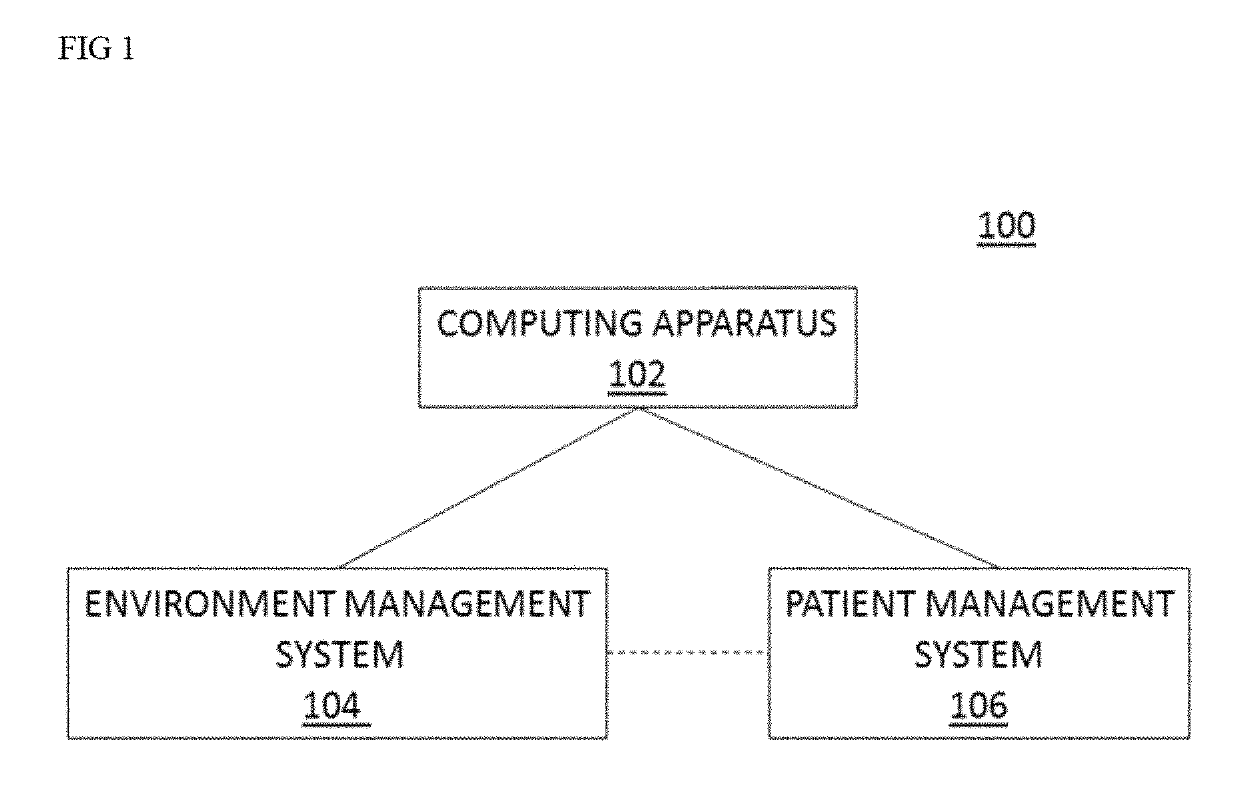Breeding, production, processing and use of medical cannabis
a technology of cannabis and medical cannabis, applied in the field of medical cannabis, can solve the problems of reduced short-term memory, impaired vision and motor skills, erectile dysfunction, etc., and achieve the effects of increasing the therapeutic margin, and reducing the risk of erectile dysfunction
- Summary
- Abstract
- Description
- Claims
- Application Information
AI Technical Summary
Benefits of technology
Problems solved by technology
Method used
Image
Examples
example 4
cement Dosage Technologies
[0524]While it is beneficial to increase the ratio of CBD:THC in medical cannabis, this typically is accompanied by a loss of the terpenoid constituents responsible for the aroma and flavor found in high THC cannabis. We can apply the optimum CBD:THC ratios discovered from studying the effects of the inhaled hybrids to blends, pellets, plugs, edibles, and all other medical cannabis products. The cannabis compositions and dosage technologies disclosed herein can be used to improve the dosage consistency and standards of raw flowers, blends, hashes or any other cannabis and cannabis-containing products provided by the present invention.
[0525]Blends comprising the cannabis strains of the present invention can be made by combining the plant material from a high CBD:THC strain in amounts calculated to deliver the proper dose of each compound to the patient with the plant material from a strain comprising high amounts of the desired terpenoids. The final blend co...
example 5
ubble Pack Doses
[0529]It is important that the medical cannabis of the present invention be stable and possesses a long shelf-life when prepared for distribution to patients. This is achieved through proper drying and curing of the processed medical cannabis product. However, the shelf-life can be increased by proper airtight packaging such as in a bubble pack or a blister pack.
[0530]The longevity (i.e., shelf-life) of the packaged cannabis can be further extended by Modified Atmosphere Packaging (MAP), a technique used for prolonging the shelf-life of fresh or minimally processed foods. In this preservation technique, the air surrounding the product in the package is removed by vacuum or modified to contain different levels of nitrogen, oxygen, and carbon dioxide.
[0531]The cannabis products of the present invention, including the blended cannabis compositions described herein, can be packaged in a bubble pack in either multi- or single-dose units to increase product longevity. Each...
example 6
e Invention as Expectorant
[0532]When vaporized and inhaled, the medical cannabis varieties of the present invention are an effective expectorant. Use of the high CBD containing cannabis varieties described herein can be used, for example, in the treatment of congestion and upper respiratory diseases.
[0533]One mechanism through which medical cannabis may act as an expectorant is through the activity of terpin hydrate, a precursor to terpineol which has been identified in several cannabis strains (See, Ross and ElSohly, (1996). J. Nat. Prod. 59:49-51 and Fischedick et al., (2010) Phytochemistry 71:2058-2073). The presence of terpineol, instead of terpin hydrate, in the samples after the cannabis is dried and heated may be due to a dehydration reaction of terpin hydrate to terpineol under thermal conditions. This chemical process may not occur if the cannabis is exposed to the lower heat of a vaporizer.
[0534]Inhalation of the vapors produced by high CBD containing medical cannabis expo...
PUM
 Login to View More
Login to View More Abstract
Description
Claims
Application Information
 Login to View More
Login to View More - R&D
- Intellectual Property
- Life Sciences
- Materials
- Tech Scout
- Unparalleled Data Quality
- Higher Quality Content
- 60% Fewer Hallucinations
Browse by: Latest US Patents, China's latest patents, Technical Efficacy Thesaurus, Application Domain, Technology Topic, Popular Technical Reports.
© 2025 PatSnap. All rights reserved.Legal|Privacy policy|Modern Slavery Act Transparency Statement|Sitemap|About US| Contact US: help@patsnap.com



